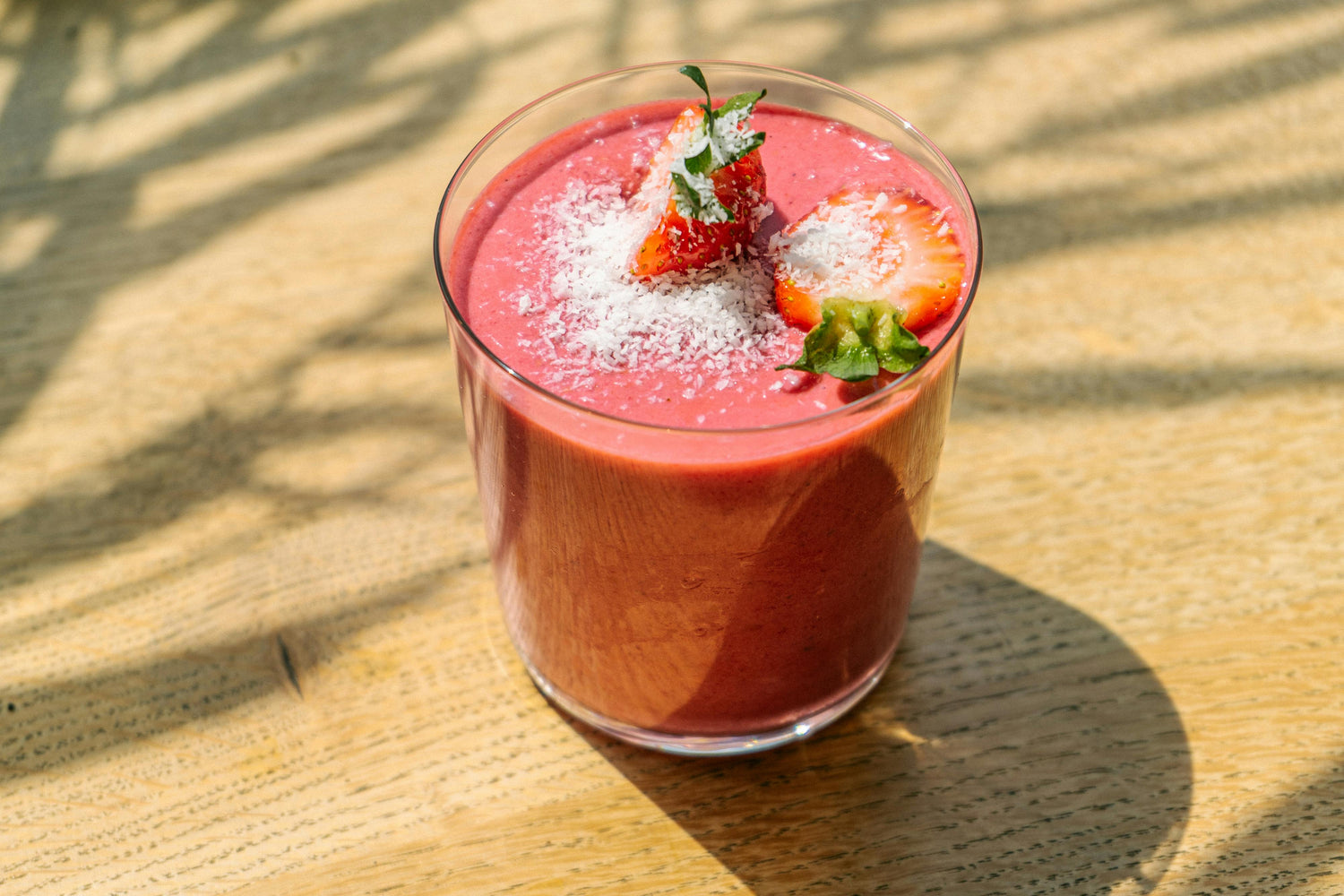
5 Skincare Stability Myths Costing You Results (And the Cold Truth)
The skincare world is full of advice, claims, and sometimes, outright confusion. We're told to look for certain ingredients, specific packaging, or particular labels. But navigating these messages can be tricky, especially when it comes to understanding what truly keeps a product effective from the moment it's made until you use that last drop. Misconceptions about product stability and preservation abound, potentially leading us to invest in products that aren't delivering their promised potency. Let's clear the air and debunk five common skincare stability myths.
Myth #1: "Preservatives Keep My Active Ingredients Potent"
This is probably the most common misunderstanding. We see preservatives on the ingredient list and assume they're safeguarding everything in the bottle.
The Reality: Preservatives primarily serve one crucial function: preventing the growth of bacteria, mold, and yeast. This is essential for product safety. However, most preservatives do little to nothing to stop the chemical degradation of sensitive active ingredients caused by factors like heat, light, or oxidation. Think of it like preserving food: sodium benzoate might stop mold on jam, but it won't stop heat from degrading the Vitamin C in it. Your Vitamin C serum can be perfectly safe from microbes thanks to preservatives, yet largely inactive due to oxidation from heat exposure during shipping or storage.
A comprehensive preservation strategy needs to address both microbial safety and active ingredient stability. Methods like cold preservation tackle both simultaneously – the cold inherently inhibits microbes AND drastically slows the chemical reactions that degrade actives (as Wild Ice explains here).
Myth #2: "My Airless Pump / Fancy Packaging Solves Everything"
Brands often tout opaque, airless pump packaging as the ultimate protector of sensitive ingredients, and it definitely sounds convincing.
The Reality: Good packaging is important and absolutely helps. Opaque containers block light, and airless pumps minimize exposure to oxygen. This significantly reduces degradation from those specific factors, particularly oxidation. However, packaging offers zero protection against heat. A perfectly sealed, opaque, airless pump sitting in a 120°F delivery truck or a hot warehouse will still experience accelerated thermal degradation of sensitive ingredients like peptides, retinoids, and antioxidants inside.
Packaging is a valuable part of the equation, but it cannot compensate for temperature instability throughout the supply chain and shelf life. True protection requires controlling the temperature environment itself.
Myth #3: "Natural Ingredients Are Always Less Stable Than Synthetics"
There's a common perception that 'natural' automatically means 'less stable' and requires harsh preservatives or will inevitably degrade quickly.
The Reality: Stability is highly variable and depends on the specific molecule, the formulation, and the preservation method – not simply whether it's 'natural' or 'synthetic'. Yes, some delicate botanical extracts or vitamins (like L-Ascorbic Acid) are inherently fragile. But some synthetic actives can also be quite unstable. Conversely, some natural oils or extracts can be relatively robust.
Furthermore, the preservation method changes the game. Cold preservation fundamentally alters the stability equation for sensitive naturals. By keeping temperatures low, it dramatically slows the breakdown of even delicate botanical compounds and vitamins, allowing brands like Wild Ice to harness their power effectively without resorting to heavy synthetic stabilization or accepting rapid potency loss.
Myth #4: "The Expiration / PAO Date Guarantees Peak Potency"
We diligently check the little open jar symbol (Period After Opening) or the expiration date, assuming the product is fully effective until that point.
The Reality: Expiration dates and PAO primarily indicate the timeframe during which the manufacturer guarantees the product is safe to use and broadly stable (won't drastically separate or spoil) under standard storage conditions. They do not typically guarantee that sensitive active ingredients are still performing at their initial or peak potency throughout that entire period.
Significant potency decline, especially for actives sensitive to heat experienced *before purchase*, can occur well before the expiration date is reached. You might have a product that's technically "safe" but whose key actives have substantially degraded, rendering it far less effective than when it was first manufactured.
Myth #5: "'Chemical-Free' Skincare is Superior"
The term "chemical-free" is often used in marketing, implying purity and safety.
The Reality: This term is scientifically inaccurate and misleading. Everything is made of chemicals – water (H₂O) is a chemical, the botanical extracts in natural skincare are complex mixtures of phytochemicals, even the components of our own skin are chemicals. The goal isn't to be "chemical-free," which is impossible, but to use formulations that are safe, effective, stable, and free from potentially harmful or unnecessary synthetic additives.
Focusing on "chemical-free" distracts from what matters: smart formulation and effective preservation. Cold preservation allows for formulas that are remarkably "clean" in the sense of minimizing reliance on synthetic preservatives (Wild Ice avoids many common controversial ones), while simultaneously ensuring the beneficial chemicals (the active ingredients) remain potent and effective.
Beyond the Myths: Focusing on What Truly Matters for Results
So, what's the takeaway? Achieving real results from skincare requires more than just a good ingredient list or clever packaging. It demands that those active ingredients are delivered to your skin in their active, potent state. This necessitates a preservation strategy that comprehensively addresses microbial safety, oxidation, light degradation, AND crucially, thermal stability.
Looking past the common myths reveals that methods like end-to-end cold preservation offer a uniquely reliable way to protect ingredient integrity and ensure the product can actually deliver on its promises.
Invest in Certainty, Not Just Claims
Don't let common myths prevent you from getting the skincare results you deserve. Start looking beyond surface claims and ask critical questions about how a product's potency is truly preserved throughout its entire lifecycle. When you prioritize guaranteed potency, you're investing in certainty and maximizing your chances of seeing real, positive change in your skin.
Ready for Skincare Grounded in Reality?
Explore a brand built on transparency and a scientifically sound method for preserving the true power of its ingredients. Discover the difference that guaranteed potency makes.
Discover Wild Ice Botanicals
